5 of the Oldest Mountain Ranges Formed Billions of Years Ago, Some of Which Are Now Important Biosphere Reserves.
Top 5 Oldest Mountain Ranges in the World
Mountains are among the most majestic and prominent natural terrains on Earth. They host numerous resources and ecosystems essential for life, potentially influencing global climates, and revealing much about the distant geological history of our planet.
1. Barberton Greenstone Belt
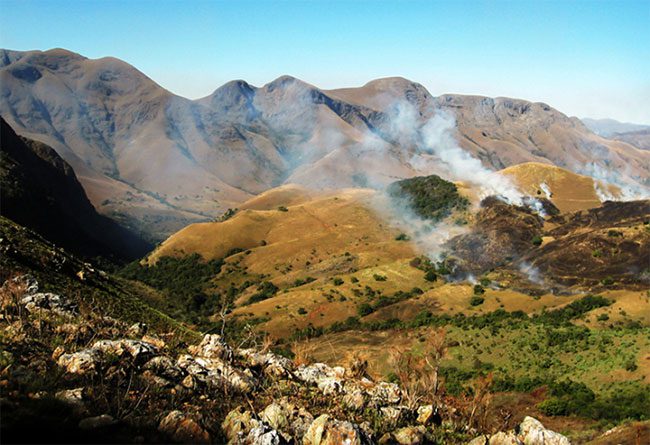
Barberton Greenstone Belt in South Africa-Swaziland. (Photo: Marieke Peche).
The Barberton Greenstone Belt is considered the oldest mountain range in the world, estimated to be about 3.6 billion years old. It has an elevation range from 610 to 1,800 meters above sea level and covers an area of approximately 16,000 km2.
Located in South Africa and Swaziland, it is known for its well-preserved rock formations. In a list published in October 2022, the International Union of Geological Sciences (IUGS) included Barberton in the collection of “100 Geological Heritage Sites” of the world, where geological factors and related processes significantly contributed to the development of geological science throughout history.
The Makhonjwa Mountains, which protrude and comprise 40% of the Barberton Greenstone Belt, are also recognized by UNESCO as a World Heritage Site.
2. Hamersley Range
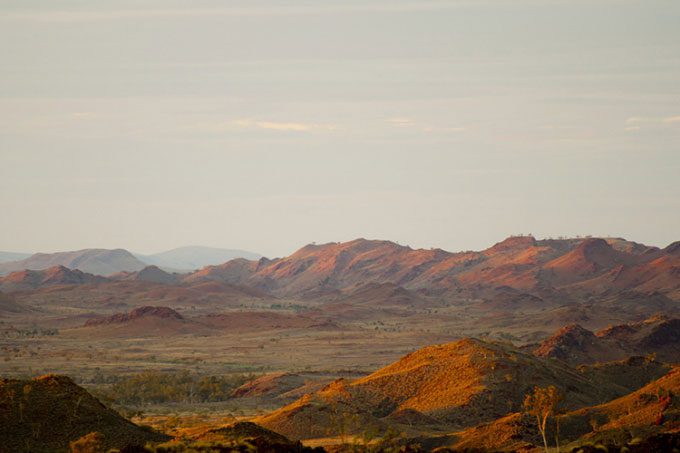
Hamersley Range in Australia. (Photo: Photon-Photos).
The Hamersley Range is estimated to be about 3.4 billion years old. It is located in Western Australia and is famous for its unique geological features and mineral resources.
This mountain range stretches 460 km from the Fortescue River in the northeast to the south. Its highest peak is Mount Meharry, with an elevation of approximately 1,249 meters above sea level. Other notable peaks include Bruce (1,234 m), Nameless/Jarndunmunha (1,115 m), Reeder Nichols (1,109 m), Samson (1,107 m), and Truchanas (1,148 m).
Karijini National Park, located in the heart of the range, is one of the largest national parks in Australia, covering an area of up to 6,274 km2.
3. Waterberg Mountains
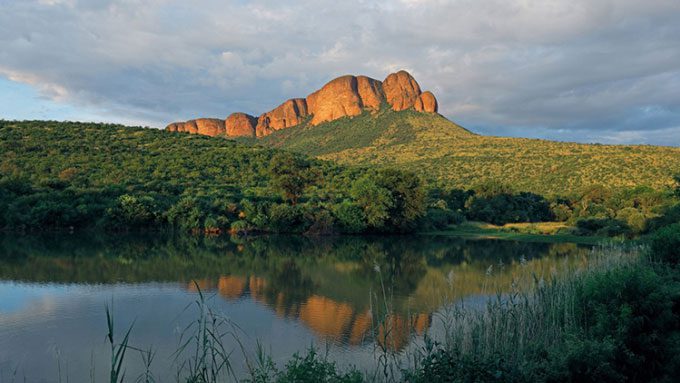
Marakele National Park in the Waterberg Mountains. (Photo: EcoPic).
This ancient mountain range is estimated to be around 2.7 billion years old. It is located in Limpopo Province, South Africa, and covers an area of approximately 14,500 km2.
The highest peak of Waterberg is Geelhoutkop, which stands at 1,829 meters above sea level, while the average height of the range is about 600 meters.
Waterberg was officially designated as a biosphere reserve by UNESCO in 2001, making it the third area in South Africa to receive this recognition. Some mountains in this range serve as water reservoirs for arid regions.
4. Magaliesberg Mountains
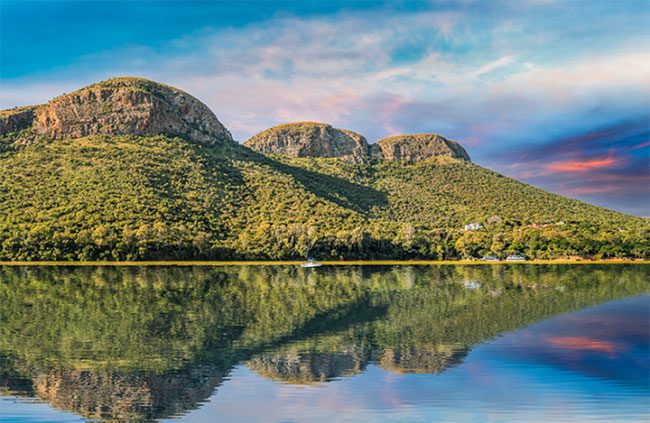
Magaliesberg Mountains in South Africa. (Photo: Arnold Petersen).
Magaliesberg is another ancient mountain range in South Africa, estimated to be 2.3 billion years old. It has an average elevation of only about 300 meters, but its highest peak, Nooitgedacht, reaches up to 1,852 meters. The range covers an area of approximately 3,580 km2.
Some areas of the Magaliesberg are also designated by UNESCO as a biosphere reserve, featuring rich biodiversity that includes 443 bird species, accounting for 46.6% of the total bird species in the southern African subregion.
5. Guiana Shield
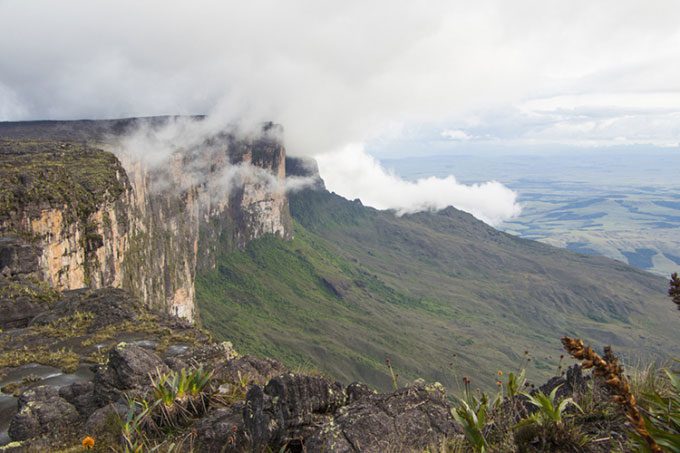
Canaima National Park in the Guiana Shield. (Photo: Alexis Golding).
The Guiana Shield, also known as the Guiana Shield, is estimated to be around 2 billion years old. It stretches approximately 1,930 km in northeastern South America, covering parts of Venezuela, Brazil, Guyana, and Suriname. This region contains various types of rocks, including quartz, volcanic rock, shale, and sandstone.
The highest peak of the shield is Pico da Neblina, with an elevation of 2,995 meters above sea level. This is also the highest mountain in Brazil.
The Guiana Shield is one of the most biodiverse regions on the planet, home to many endemic species. The area hosts over 3,000 vertebrate species and more than 13,300 vascular plant species.


















































